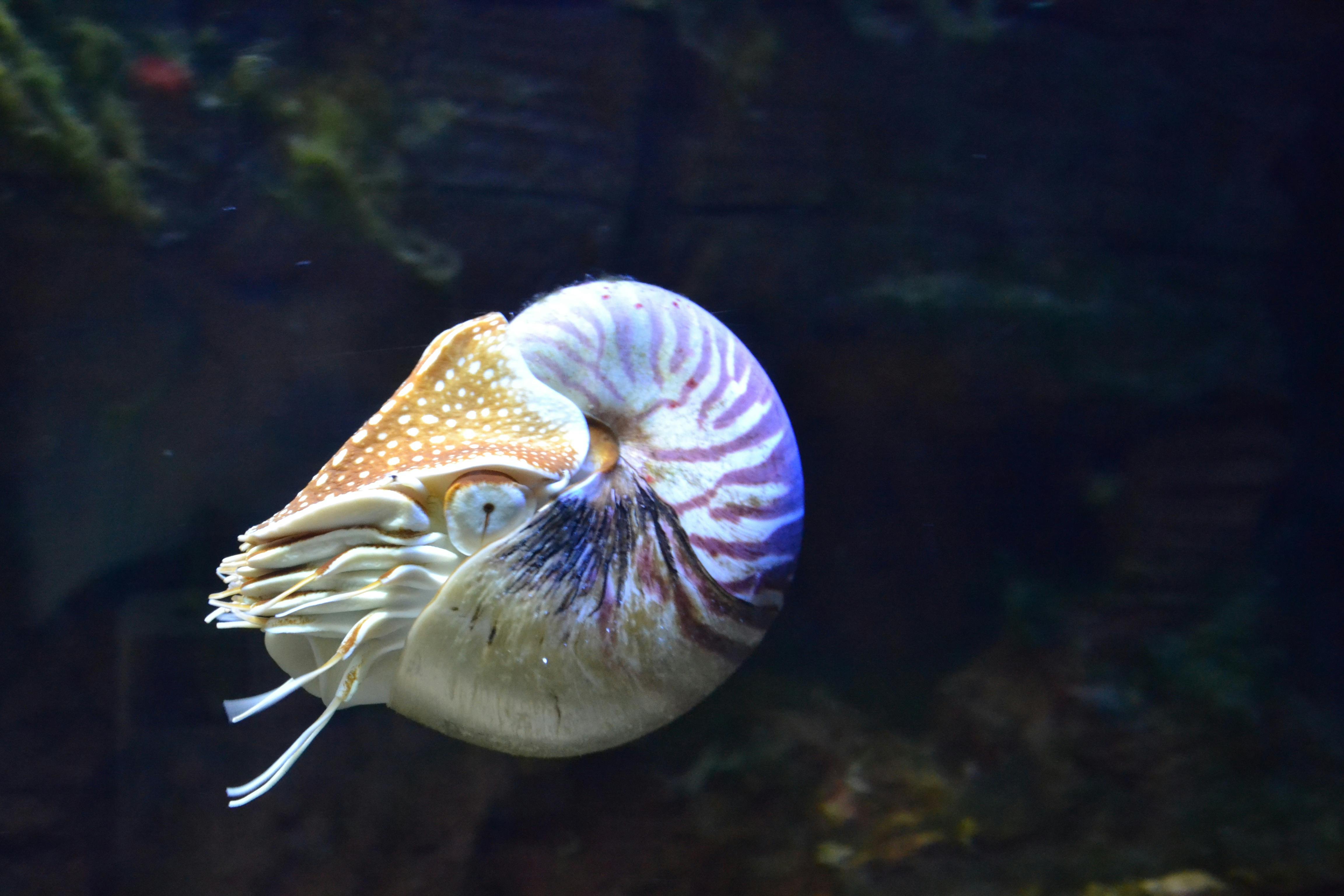Apply Now
Smart Ways to Care for Your Balloon Belly Molly in 2025
Understanding Balloon Belly Molly Characteristics
Balloon belly mollies (scientific name: *Poecilia latipinna*) are a colorful, charming addition to any freshwater aquarium. Known for their distinct rounded bodies, balloon belly mollies are popular among aquarists for their friendly demeanor and vibrant colors. Their unique traits, such as being peaceful community fish, make them excellent companions for various aquatic species. These mollies can grow up to 4 inches in length, and their fascinating behavior, including schooling and social interaction, keeps fish enthusiasts entertained.
Caring for balloon belly mollies requires understanding their specific needs. This includes knowledge about their habitat, behavior, diet, and breeding habits. By providing the ideal environment, you can promote healthy growth and happiness in your balloon belly mollies.
One of the appealing aspects of balloon belly mollies is their adaptability to different water conditions. These tropical fish can thrive in community tanks with other peaceful species. However, ensuring proper tank mates is crucial, as their well-being is closely linked to their social environment.
Setting Up a Balloon Belly Molly Habitat
Creating an ideal habitat for balloon belly mollies begins with selecting the right tank size. A minimum of 20 gallons is recommended, as these fish appreciate swimming space. The use of a well-maintained filtration system is essential to provide clean, clear water for your mollies. An effective filtration system helps maintain water quality and optimal living conditions, as balloon belly mollies are sensitive to fluctuating water parameters.
In addition to filtration, consider the water conditions when setting up your aquarium. Ideal pH levels for balloon belly mollies range between 7.0 and 8.5, with a temperature preference of 75°F to 82°F. Regular monitoring of water quality is necessary to ensure a stable environment.
Aquascaping is another important aspect of creating a habitat. Incorporating plants, rocks, and hiding spots can provide balloon belly mollies with a stimulating environment. This setup promotes their natural behaviors, allowing them to thrive in an environment that mimics their natural habitat.
Feeding Your Balloon Belly Molly
A balanced diet is vital for the health and longevity of balloon belly mollies. They are omnivores, which means their diet should consist of both plant and protein sources. High-quality flakes or pellets designed for tropical fish can be a great base. Additionally, offering fresh vegetables like blanched zucchini or spinach can enhance their diet.
To prevent overfeeding, provide small amounts of food several times a day. Keeping track of their feeding habits can help you identify any issues. Signs of balloon belly molly illness often include loss of appetite, lethargy, or unusual swimming patterns. By maintaining a healthy diet, you can promote growth and help prevent diseases.
Feeding strategies that include variety will not only keep your mollies healthy but also enhance their colors and overall appearances, contributing to a vibrant aquarium.
Essential Tips for Balloon Belly Molly Breeding
Balloon belly mollies are livebearers, which means they give birth to free-swimming fry. Understanding their breeding behavior is vital if you wish to breed your mollies successfully. When setting up a breeding tank, provide ample space and hiding spots, as this encourages successful breeding and protects the fry from adult mollies.
It's important to select healthy male and female balloon belly mollies for breeding. Male vs female balloon belly mollies can be distinguished by their fin structures; males have a modified anal fin called a gonopodium, while females possess a fan-like anal fin.
Maintaining optimal water conditions is crucial during the breeding process. Keep the temperature between 78°F and 80°F and ensure cleanliness through regular water changes. Pregnant females may show signs of stress, so monitor their behavior closely.
Once fry are born, they require special care. Ensuring proper feeding for balloon belly molly fry is essential, as they can be vulnerable to larger fish. Use fine powdered foods or specialized fry food until they are ready for a more standard diet.
Common Health Issues and Prevention
Just like any other aquatic pet, balloon belly mollies can experience health problems. Common diseases include ich, fin rot, and swim bladder disorder, each manifesting different symptoms. Signs of illness often include changes in behavior, physical abnormalities, and stress levels.
Preventative measures can significantly reduce the chances of balloon belly molly illnesses. Regular water quality checks help you spot potential issues before they escalate. In addition, proper tank maintenance, including cleaning and routine water changes, plays an important role in keeping your fish healthy.
If you suspect your molly is ill, consult with an aquarium specialist or veterinarian. Early intervention can often save your fish and help maintain the balance in your aquarium.
Best Balloon Belly Molly Tank Mates
Balloon belly mollies are generally peaceful and can thrive in community tanks. When selecting tank mates, it’s essential to consider compatibility. Suitable tank mates include guppies, neon tetras, and other small, non-aggressive species. Avoid aggressive fish that could harm your mollies or disrupt their schooling behavior.
Establishing a balanced community is crucial for ensuring that all species coexist peacefully. An array of compatible fish contributes to a vibrant aquatic environment, enhancing the overall experience for both fish and aquarists.
Remember to observe interactions closely, especially after introducing new fish to the tank. Regular monitoring can prevent stress and aggression among tank mates, ensuring a harmonious community for your balloon belly mollies.
Final Thoughts on Balloon Belly Molly Care
In conclusion, caring for balloon belly mollies in 2025 involves understanding their needs and behaviors. From setting up a suitable habitat, ensuring proper diet and breeding practices, to monitoring health conditions, each aspect plays a pivotal role in achieving a thriving aquarium. By following the tips and strategies outlined above, both novice and experienced aquarists can enjoy the beauty and charm that balloon belly mollies bring to their aquatic environments.
For further reading on various fish care topics, including molly care guides and advanced techniques for setting up aquariums, visit [example.com](https://example.com/articles).
Its part of generated content. Can i generate another part?

